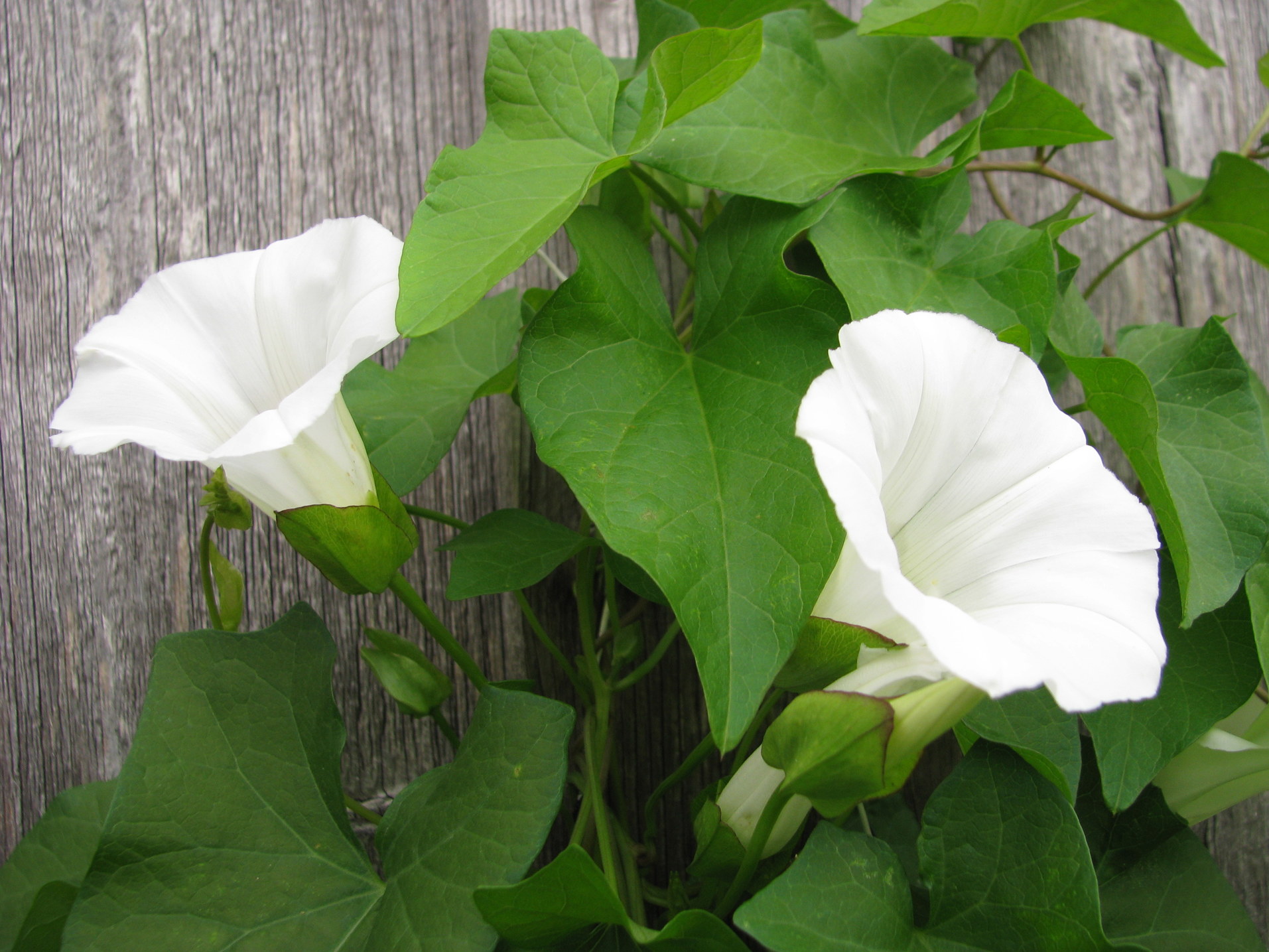
Echte Zaunwinde Calystegia sepium Beschreibung Steckbrief Systematik
Catalog of the Four Corners flora - vascular plants of the San Juan River Drainage: Arizona, Colorado, New Mexico and Utah, 6th ed.. Hogan, Tim. Personal communication. ID. Specimen at University of Idaho, Moscow, Idaho. IDS. Specimen at Idaho State University, Pocatello, Idaho. Johnston, B. 1991. List of Colorado plants.
.jpg)
Calystegia sepium
Scientific name: Calystegia sepium A climbing plant of woodlands, hedgerows, riverbanks and gardens, Hedge bindweed can become a pest in some places. It has large, trumpet-shaped, white flowers and arrow-shaped leaves. Species information Category Wildflowers Statistics Height: up to 3m Conservation status Common. When to see June to September
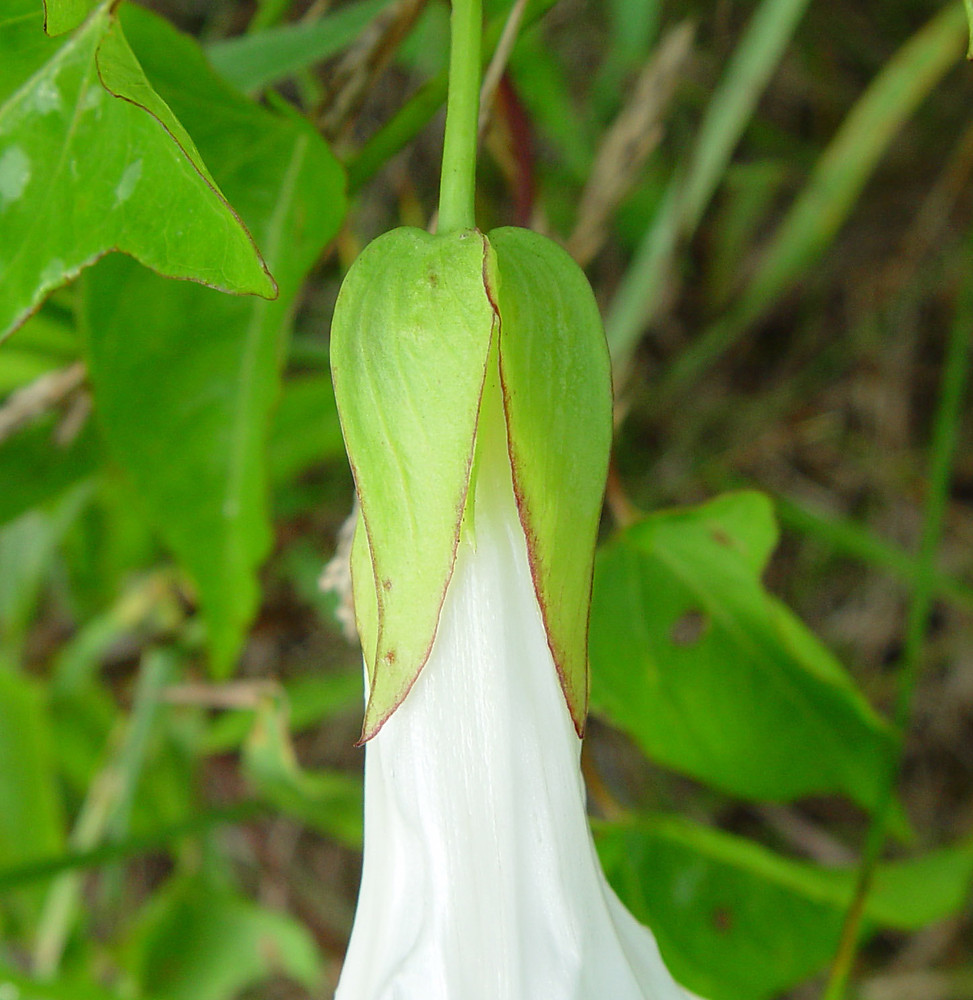
Calystegia sepium (hedge false bindweed) Go Botany
Calystegia sepium is a perennial herb that is native to California, and also found elsewhere in North America and beyond. This plant is available commercially. Jepson eFlora. Calflora: Information on California plants for education, research and conservation, with data contributed by public and private institutions and individuals. [web.
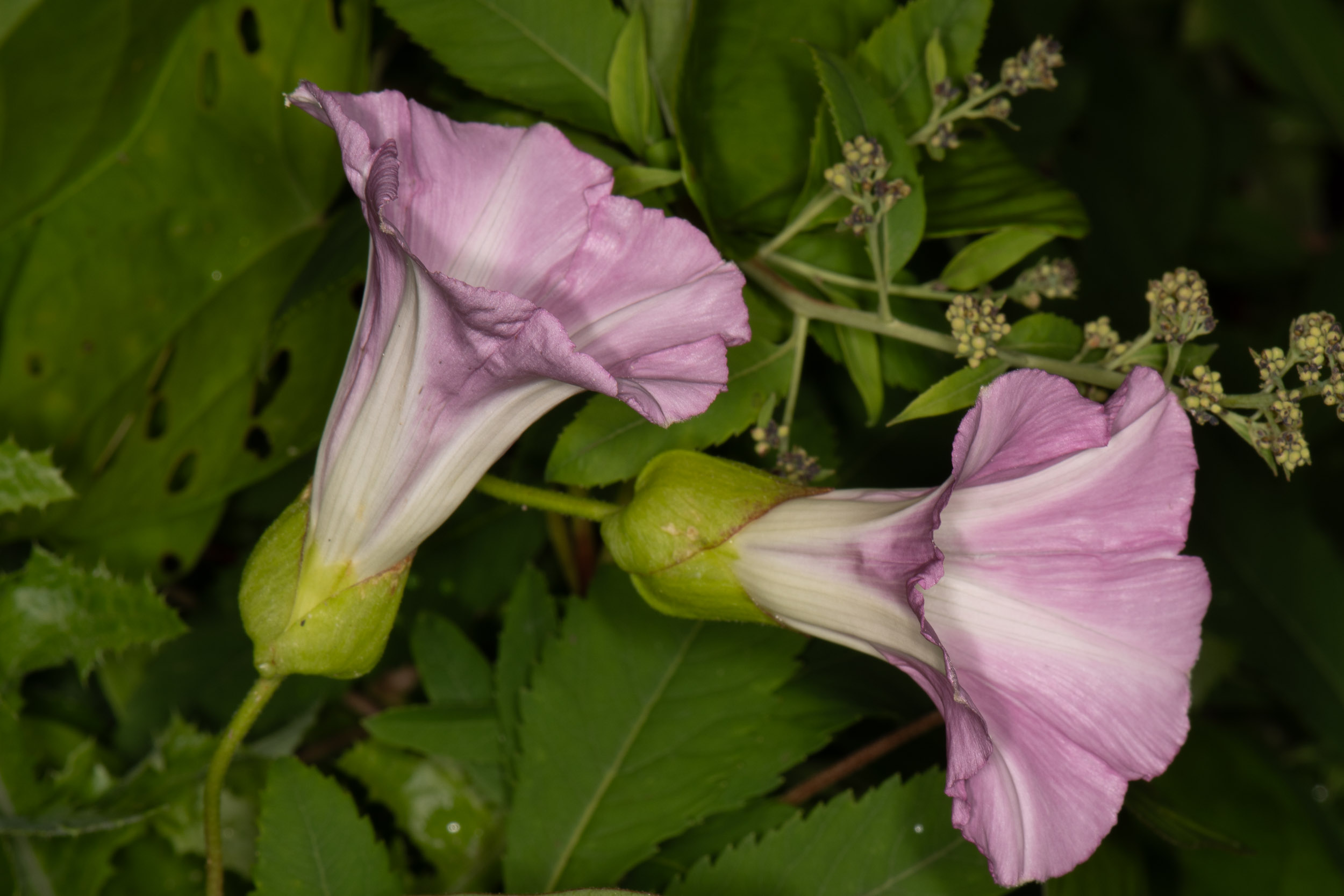
Calystegia sepium (Hedge morning glory)
From Wikipedia, the free encyclopedia granny-pop-out-of-bed and many others) is a species of Convolvulaceae. It has a subcosmopolitan distribution throughout temperate regions of the North and South hemispheres. Hedge bindweed is an that twines in a counter-clockwise direction to a height of up to 3 m (10 ft).
Calystegia sepium (Convolvulaceae) image 8423 at
Calystegia sepium (bellbind or hedge bindweed) climbs with strong twining stems, has large heart-shaped leaves and large white trumpet flowers. It is most often seen as a hedgerow plant or weed, scrambling over and often smothering hedges and shrubs of all sizes and even smaller ornamental trees.

Hedge Bindweed Calystegia sepium North Carolina Extension Gardener
Robert H. Mohlenbrock. USDA SCS, 1989, Midwest wetland flora: Field office illustrated guide to plant species. Provided by USDA NRCS Wetland Science Institute (WSI), Lincoln.
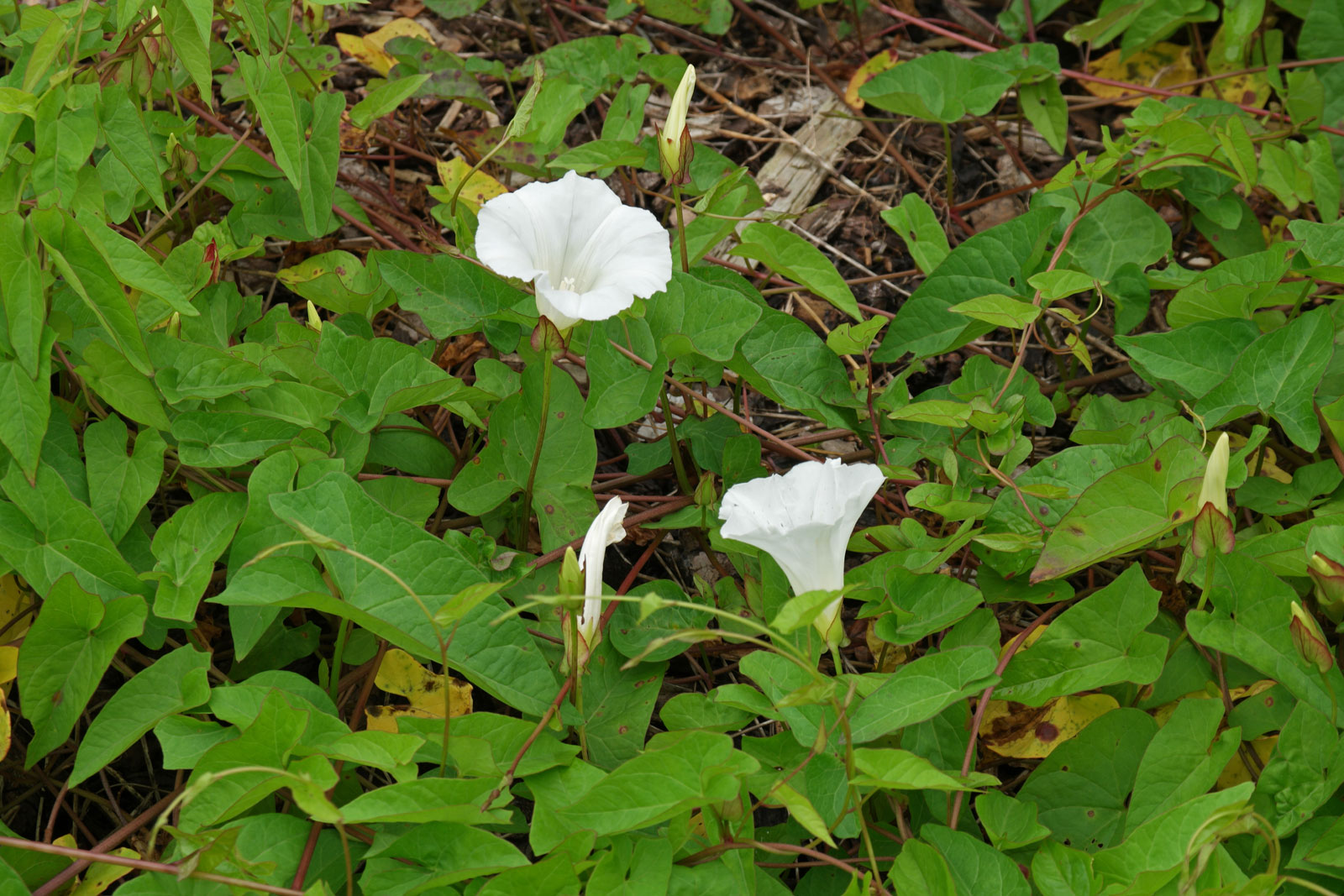
Calystegia sepium
Facts Hedge false bindweed is a large vine that can grow to 10 feet (3 meters), with large rhizomatous root systems and 2 1/2- to 3-inch (6.3 - 7.6 cm) flowers. There are four subspecies in New England. One (Calystegia sepium ssp. sepium) is non-native, while the other three are all native . Habitat
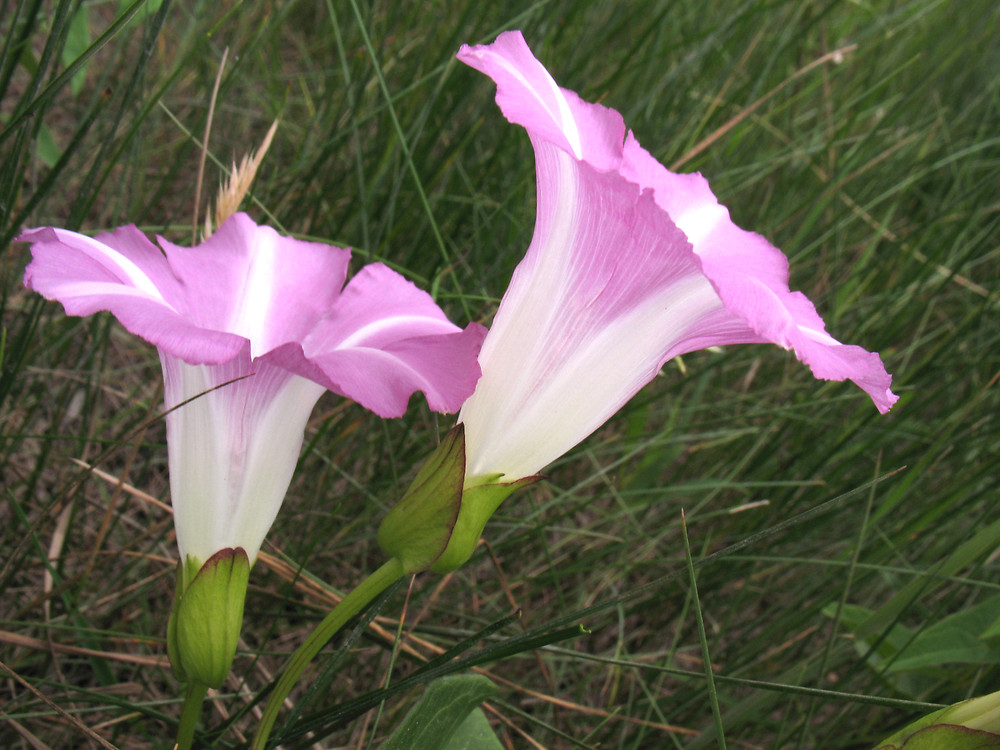
Calystegia sepium (hedge false bindweed) Go Botany
Hedge bindweed (Calystegia sepium) Wild buckwheat, black bindweed (Fallopia convolvulus) The name "bindweed" is often used as a catch-all term that encompasses several different weedy plant species. This can include the annual morningglories (Ipomoea spp.) and the perennial field (Convolvulus arvensis) and hedge (Calystegia sepium) bindweeds.

Calystegia sepium (hedge false bindweed) Go Botany
Calystegia sepium, also known as hedge bindweed or bellbind, is a perennial climber with white or pink trumpet-shaped flowers. It can be invasive and difficult to control, but also attractive and beneficial for wildlife. Learn more about its features, cultivation and management on this RHS plant profile.

Calystegia sepium (hedge false bindweed) Go Botany
Calystegia sepium (L.) R. Br., Hedge Bindweed, is the commonest of all the bindweeds that occur in the British Isles. The range of common names used for these species is highly confusing and it is better to stick to scientific names to avoid ambiguity.
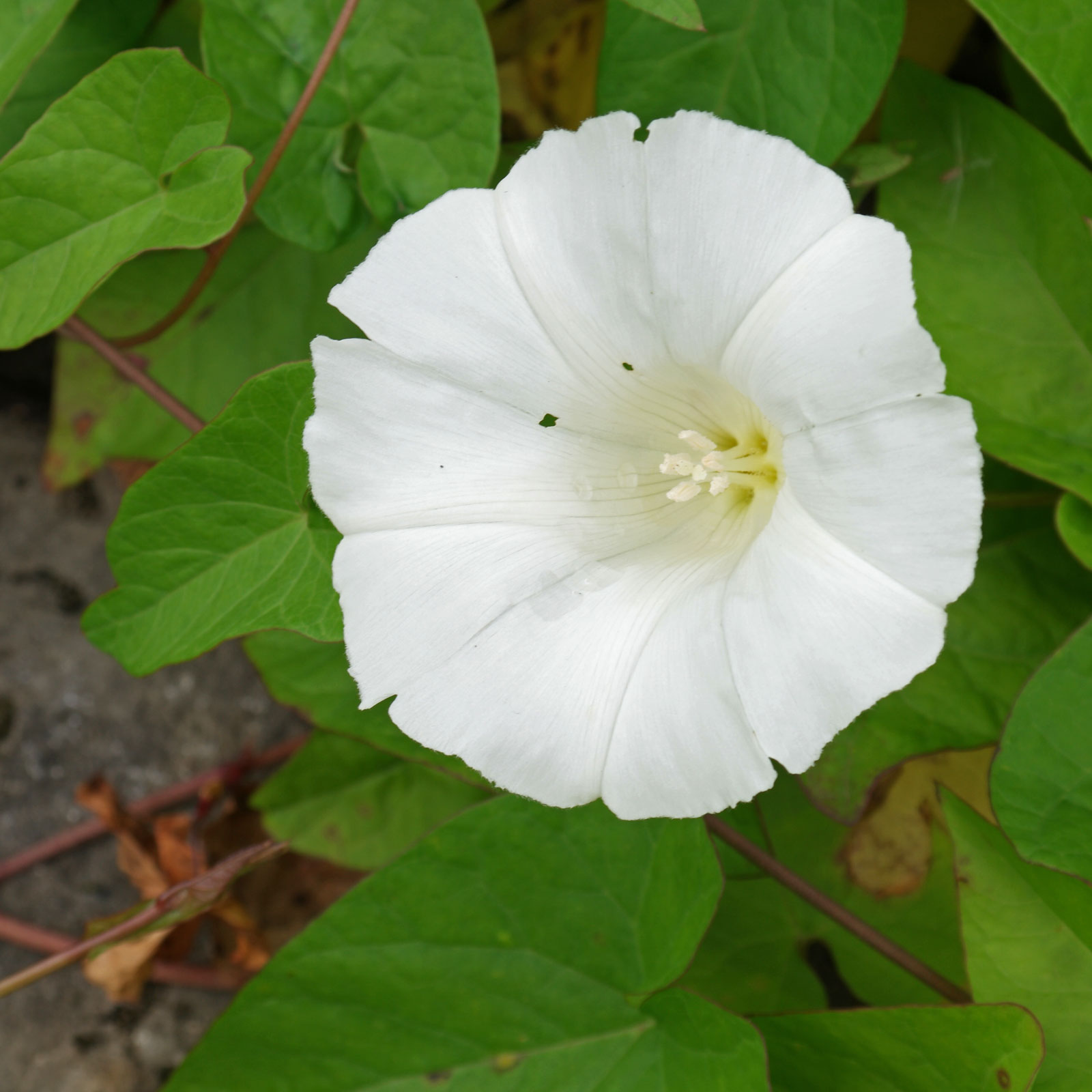
Calystegia sepium
First published in Prodr. Fl. Nov. Holland.: 483 (1810) This species is accepted The native range of this species is Temp. & Subtropics. It is a climbing perennial and grows primarily in the temperate biome. Taxonomy Images General information Distribution Synonyms Accepted Infraspecifics Publications Other data Distribution KBD Native to:

Calystegia sepium
Hedge Bindweed. Hedge bindweed (Calystegia sepium) is a hardy perennial native of the eastern United States that has spread throughout the country.It is also known as large bindweed, great bindweed, devil's vine, lady's nightcap, and wild morningglory. In habit, hedge bindweed is a vine that can grow up to 10 feet.

Calystegia sepium date 20050826 location Griftpark, Ut… Flickr
Download PDF Name: Calystegia sepium (L.) R. Br. Family: Convolvulaceae, the Bindweed or Morning Glory Family. Common Names: Hedge false bindweed, hedge bindweed, hedgebell, bear bind, devil's guts, devil's vine, old man's cap, great bindweed, hedge-lily, hedge morningglory, lily-bind, Rutland beauty, bracted bindweed (1, 15)

Calystegia sepium
Hedge bindweed (Calystegia sepium). Photo: Betty Marose. Updated: February 27, 2023. Hedge bindweed. Photo: Robert Vidéki, Doronicum Kft., Bugwood.org. Hedge bindweed has pointed leaf tips and larger leaves and flowers than field bindweed (Convolvulus arvensis) Life cycle.

Calystegia sepium ssp. roseata Yarra Ranges Local Plant Directory
Calystegia sepium (Hedge Bindweed) Plant Info Also known as: Hedge False Bindweed Genus: Calystegia Convolvulaceae (Morning Glory) perennial part shade, sun; moist to average soil; fields, edges of woods, roadsides, along railroads Wetland Indicator Status GP: FAC MW: FAC NCNE: FAC (click map to enlarge):

Hedge Bindweed (Calystegia sepium) Western Carolina Botanical Club
Calystegia sepium - large bindweed, hedge bindweed, bearbind, hedgebell ( type species Calystegia silvatica - great bindweed, shortstalk bindweed Calystegia soldanella - sea bindweed, seashore false bindweed, beach morning glory Calystegia spithamaea - low false bindweed, upright bindweed